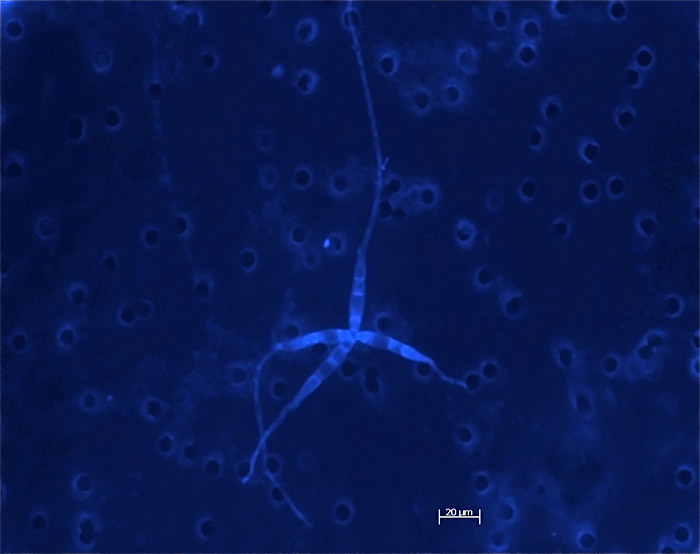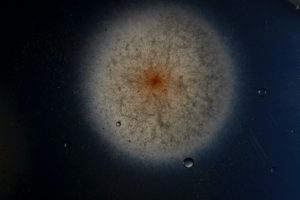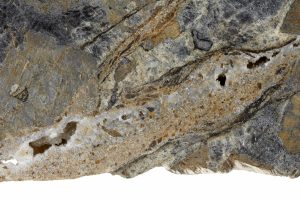Deep Marine Subsurface Microbiota
Marine sediments cover more than two thirds of the Earth’s surface and have been estimated to contain as much as one-third of Earth’s prokaryotic biomass (Whitman et al., 1998). Despite this, relatively little is known about this deep biosphere, and essentially nothing is known about the presence of microbial eukaryotes in sediments deeper than a few centimeters. In these realms, prokaryotes (Bacteria and Archaea) likely dominate. But where conditions permit (sufficient water and where thermal conditions are tolerable), protists and/ or fungi may significantly impact carbon and other nutrient cycling in the subsurface where sources of carbon (organic matter or bacterial and/or archaeal prey/necromass) and energy are available.
The first analyses of eukaryotic small subunit ribosomal RNA gene (18S rRNA) sequences obtained from deep marine subsurface sediments, the first metagenome, and a cultivation study based on those samples showed that fungi dominate eukaryotic life in the buried marine subsurface. Novel fungi continue to be reported from deep marine environments, and and there is fossil evidence of filamentous structures highly suggestive of fungi within carbonate-filled vesicles within the upper oceanic crust. In collaboration with J. Biddle at U.Del, and A. Teske at UNC Chapel Hill, our group used RNA-based approaches to show that fungi are metabolically active in deep subsurface sediment cores. With collaborator Gaetan Burgaud at University of Brest, France, and his postdoc Vanessa Redou we provided a more detailed understanding of the metabolic activities of fungi in marine subsurface sediment cores from various geographic locations using marker genes, metatranscriptome analyses, culture studies, and analysis of metabolic activities of cultured isolates from several oceanic provinces.
Our laboratory led and published the first in-depth investigation of the microbiology of the lower ocean crust using samples collected through the International Ocean Discovery Program (IODP) Expedition 360 from Atlantis Bank, Indian Ocean. In addition to contributing to our understanding of prokaryotic communities in this biosphere, we collaborated with Gaetan Burgaud and Maxence Quemener from University of Brest, France, to study the diversity and attributes of fungi recovered from these lower crust samples.
We are currently conducting the first study of gene expression of the microbial community in deep biosphere samples collected during IODP Expedition 385 from various sites in the hydrothermally-heated sediments of Guaymas Basin. This study examines microbial adaptations to these varied hydrothermal habitats, and how temperature and depth shapes communities. This study combines nutrient and hydrocarbon profiling with marker gene, metatranscriptome, metagenome, and culture-based studies, as well as BONCAT with collaborator Hatzenpichler's lab.
The role of fungi in degradation of hydrocarbons is an ongoing focus in the laboratory. Collaborator Burgaud has generated an extensive collection of fungal isolates from this hydrocarbon-rich environment. We are using isolates from Guaymas Basin to investigate their ability to utilize different hydrocarbons as a sole carbon source, and to address the question of whether their presence enhances the degradation of single and complex hydrocarbons by the bacterial community.


